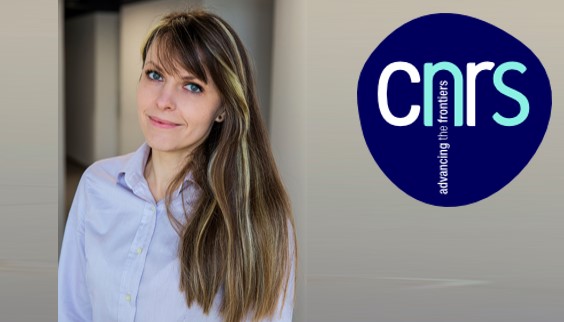Hi, my name is Marta Zatoń I am a material scientist working at Centre National de la Recherche Scientifique (CNRS) within the Institute for Molecular Chemistry and Materials, Charles Gerhardt, in the Department for Materials Chemistry, Nanostructures, and Materials for Energy.
What was your original motivation to become a researcher?
I was inspired by the prospect of engaging in exciting and challenging work that would allow me to explore the field of material science. Research has also been a journey of cultural enrichment and broadening my horizons. Interacting with diverse people and experiencing different cultures has opened my mind and provided valuable perspectives that enhance my work.
Being a researcher today gives me a sense of purpose. I believe that our work in BRAVA will contribute to creating a more sustainable and environmentally friendly future.
What is your (main) research area today?
My focus in BRAVA is on the development of membranes for electrochemical hydrogen conversion applications. I work on membrane reinforcements with an emphasis on electrospun materials, designing composite membranes, and their in-situ fuel cell evaluation in terms of performance and durability.
What is the main objective of your team in BRAVA?
The main objective of our team in the BRAVA project is to develop chemically and mechanically reinforced, thin membranes, suitable for aeronautic proton exchange membrane fuel cells (PEMFC). The main challenge lies in designing a material that meets the durability criteria and can efficiently perform in hot and dry conditions.
What expertise and facilities does your team have to meet those objectives?
I have the opportunity to work at CNRS within the research group led by Deborah Jones. Our group works extensively on variety of materials which can be applied in many hydrogen-related applications. This broad range of expertise allows us to address challenges from a comprehensive perspective and leverage our collective knowledge effectively. We are equipped with a platform for fuel cell and electrolyser testing, as well as state-of-the-art characterization facilities. Additionally, we benefit in BRAVA from the expertise of our project partners, Syensqo, in ionomer development and Aerostack in membrane electrode assembly (MEA) design.
Which aspects of your research at BRAVA do you believe are the most innovative and what unique opportunities offer BRAVA to yourself and/or your organisation?
We can challenge ourselves by upscaling the materials we have developed so far using our laboratory equipment. This is a significant step forward, allowing us to learn from the process and gain valuable new experience.
How do you see the future use of the BRAVA-results and the impact of BRAVA-project in our daily lives?
BRAVA is a highly challenging multilayer project that advances multiple areas of research. We aim to demonstrate a fuel cell system capable of powering aircraft, contributing to efforts to combat pollution and advance green energy. The beauty of research lies in the fact that the results generated from this project may pave the way for future studies that we cannot yet foresee.

